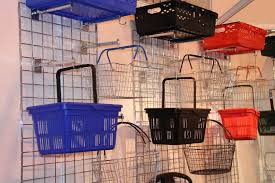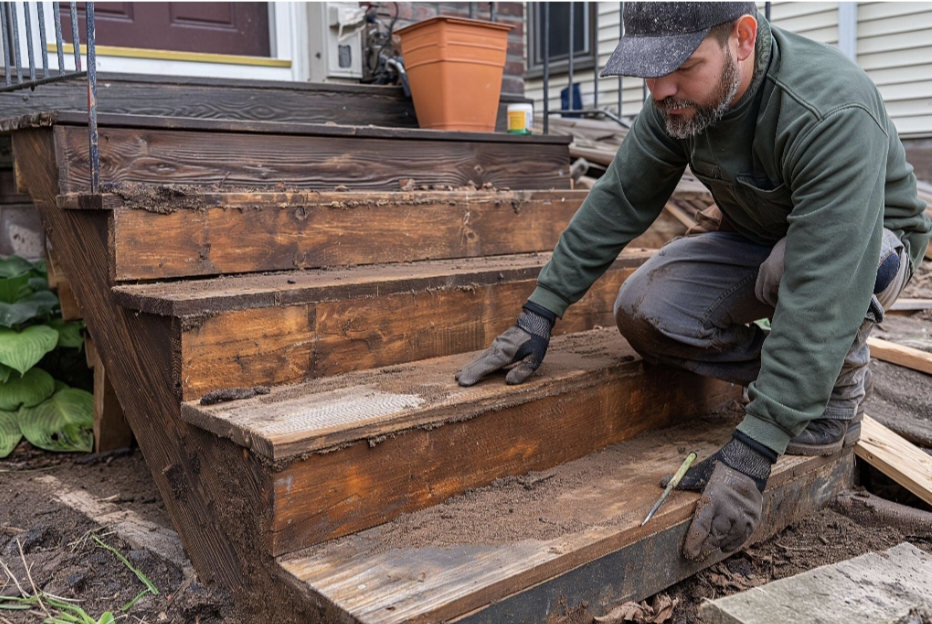Every warehouse faces a quiet tug-of-war between strength and flexibility. Containers might seem like background equipment, but they decide how smoothly everything moves — or doesn’t. A single weak link can slow down handling, create damage risks, and throw production off track. Good storage doesn’t just hold products. It protects them, moves with the workflow, and keeps operations steady.
Both metal bins and wire baskets have earned their place on warehouse floors. The best choice depends on what kind of work they’re supporting.
Why Storage Choice Matters in Industrial Warehousing
A warehouse operates most efficiently when its storage is tailored to the job. Containers that don’t match the weight or volume of inventory can buckle, wear out early, or cause messy slowdowns. Those failures aren’t just irritating. They chip away at uptime and raise unnecessary costs.
The right storage setup makes daily operations cleaner and more predictable. That’s why metal bins and wire baskets are so common in large facilities. They each solve different problems and shine in various conditions.
The Case for Metal Bins in Heavy-Duty Operations
Metal brings muscle. In high-demand environments, metal bins offer strength and capacity that plastic or cardboard can’t match. These containers are built to last, with a load-bearing capacity that holds firm under constant use. Their rugged durability shields products from impact, moisture, and debris. That makes them a natural fit for automotive, manufacturing, and industrial applications where product damage isn’t an option.
They also give warehouse teams a sense of confidence. When something’s engineered for toughness, it can take the hits so the product doesn’t have to. Their industrial-grade build allows long-term stacking, repeated handling, and reliable protection through shifting seasons and storage cycles. This kind of heavy-duty performance is what keeps warehouses running without constant replacement or repair.
When Wire Baskets Make More Sense
Wire baskets trade brute strength for light handling and speed. They’re ideal for goods that don’t need full enclosure or heavy protection. The open structure provides workers with clear visibility of what’s inside, making it easier to access inventory on the fly.
In fast-moving environments where product moves quickly in and out, wire baskets offer flexibility. Their lightweight design makes them easy to reposition, and the ventilation can be useful for certain materials. For many facilities, they work best as part of a mix, handling short-term storage or supporting areas with high turnover.
Comparing Durability, Cost, and Performance
This isn’t a competition with a single winner. It’s about choosing what aligns with real-world demands. Metal bins carry a serious load-bearing capacity and stand up to hard use. Wire baskets bring ease of movement and speed.
Metal tends to come with a higher upfront cost, but its lifespan stretches far longer, which affects the total cost of ownership (TCO). Wire baskets may cost less at first, but they can wear down faster in harsher environments. If the operation relies on protecting high-value goods over time, durability often pays for itself through lower replacement rates and stronger process efficiency.
For many facilities, the decision depends on which container fits their heaviest daily loads and long-term handling requirements. For teams that need maximum strength and protection, investing in metal bins for sale can provide reliable, long-term stability that justifies the investment.
Making the Right Call for Your Warehouse
Choosing between the two begins with a clear understanding of how products actually move.
What’s the weight? How often are items handled? How much floor space is available for stacking?
A decision that looks good on paper can fall apart if it doesn’t match the realities of the operation. Metal bins excel in high-volume capability and tough environments. Wire baskets shine when speed and visibility matter most. In some cases, a mix of both types creates the most balanced setup. This gives teams the strength they need without losing the handling flexibility that wire offers.
Weighing short-term cost against long-term performance per dollar can make the difference between constant patchwork and steady, reliable flow.
Build Storage Around the Work, Not the Other Way Around
Warehousing works best when the equipment matches the job. Strong storage keeps products safe, workflows smooth, and teams focused on moving forward instead of fixing what’s broken. For operations that require durability, Container Exchanger offers new and used metal bins designed to meet real warehouse demands. It’s a practical way to invest in storage that withstands pressure and keeps the business running with fewer headaches.





